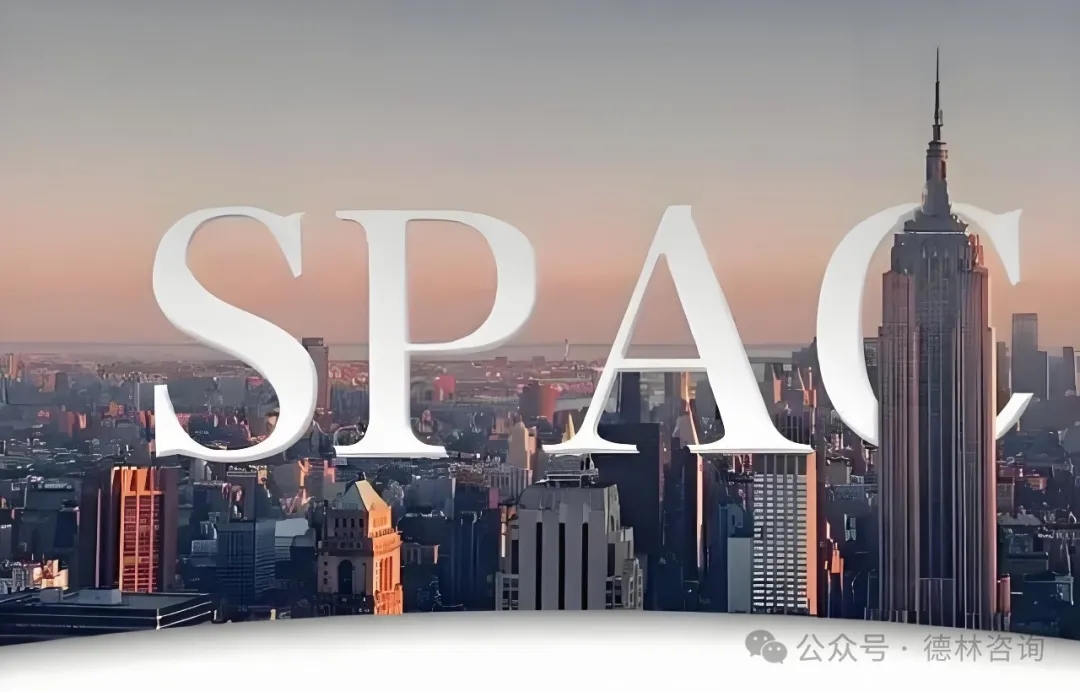
What is SPAC?
2024.05.21
SPAC "refers to a special purpose acquisition company, commonly known as a" blank check company ". SPAC is a popular tool used to facilitate various transactions, especially in transforming private companies into public ones. Many market participants believe that private companies have higher certainty in pricing and trading terms control through SPAC trading compared to traditional IPOs.
SPAC transactions typically include SPAC acquisitions or mergers with private companies, which typically occur a few months or over a year after SPAC completes its IPO. However, unlike operating companies that go public through traditional IPOs, SPACs are shell companies with no actual business when they go public. Its assets are limited to cash and limited investments (including IPO returns).

What is the difference between SPAC and traditional listing methods?
The operation mode of SPAC is significantly different from traditional IPO and shell listing. A successfully issued SPAC company has no specific business, only cash, and is a blank listed 'shell company'. Afterwards, this' shell company 'merged with the' target company 'through the acquisition of the' cash holding shell company 'and the' target company with actual operations', forming a 1+1=2 consolidated financial statement and becoming a brand new listed company.
The difference between the SPAC listing model and IPO or shell listing lies in the fact that the SPAC company itself is a listed company, and the acquisition of the "target company" is more like a commercial merger and reorganization, rather than an IPO like public offering. The approval process for SPAC M&A listing in the US SEC differs significantly from IPO and shell listing, and this type of M&A listing is known as "DE-SPAC".

The main advantages of SPAC
For target companies undergoing mergers and acquisitions with SPAC, the main advantages of SPAC are reflected in the following aspects:
The certainty of successful listing
SPAC company itself is a listed company, and through mergers and acquisitions, it only requires mutual consent and application to the SEC to go public, with almost no risk of failure. Once SPAC determines the merger target, the management will negotiate with the target company and proceed with the merger after obtaining approval from SPAC shareholders. This is usually a reverse merger, where the target company merges with SPAC or its subsidiaries to become a listed company and conduct business.
Short listing time
The time for SPAC mergers of target companies is usually completed within 6 to 12 months, compared to traditional IPOs which take 6 to 24 months and go through multiple steps such as secret exchanges, public filings, approvals, roadshows, and bell ringing.
Certainty of Valuation
In the SPAC listing model, the valuation of the target company is determined by the merging parties. In recent years, valuation rules have changed and usually require the introduction of PIPE funds or valuation by third-party evaluation agencies.
Global listing opportunities
SPAC is listed on major stock markets in the United States and is subject to strict regulation by the SEC and PCAOB, with transparent and open information. This is very beneficial for Chinese enterprises, as it helps products go global, enhance international visibility and brand influence.
Financial advantage
SPAC has already completed fundraising when it goes public, and may also conduct targeted issuance before the merger. After merging with SPAC, the target company can use SPAC's funds to achieve three major goals: listing, financing, and targeted issuance. However, it should be noted that SPAC funds can be redeemed.
New changes in domestic approval
1. Registration with the Cyberspace Administration of China: The decision to register is based on the number of users and whether the data of the target company involves national security.
2. CSRC filing: All Chinese Mainland enterprises listed overseas must obtain the filing approval of the CSRC.
Through these advantages, SPAC provides a fast, high certainty, and internationally influential listing pathway for the target company.
- Gathering Talents and Initiating a New Journey: Dr. Xuefeng Sun Joins SGCI Group as Global Partner and Jing Dong Hui Joins SGCI Capital 2025.02.21
- Financing methods of US listed companies 2024.05.27
- The challenge and importance of liquidity premium 2024.05.23
- What is SPAC? 2024.05.21
- What are the similarities and differences in delisting systems for different stocks? 2024.03.13



